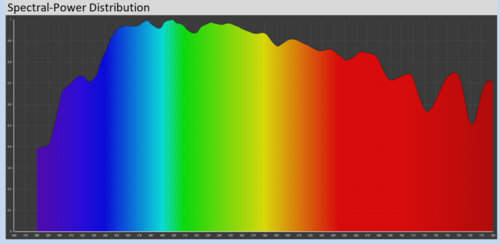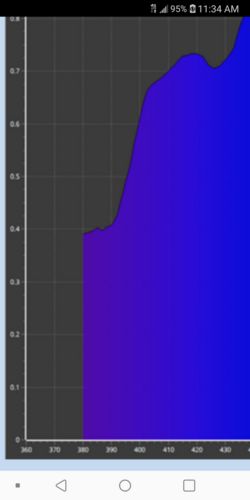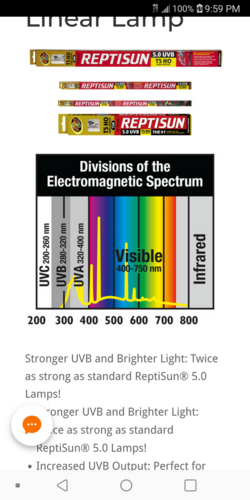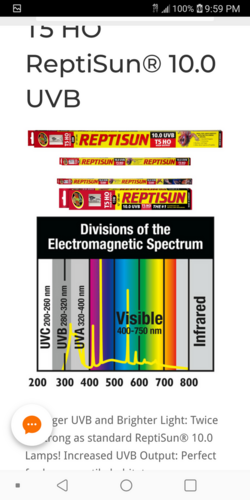JackRipper
Avid Member
Has anyone measured UVa? The kid at the serpentarium says that uva is visible light... if you can measure UVA with a specialized solar meter what is the min/max uva allowances for a chameleon and does it coincide with lumens?
Follow along with the video below to see how to install our site as a web app on your home screen.
Note: This feature may not be available in some browsers.
Great replies im on the same "wave length" as far as my recent research goes. My main question is which bulb LED, fluorescent or incandescent produces adequate uva penetration or saturation for a Veiled, I'll have to shop eBay for a uva meter.




They say that uva promotes natural behavior and stimulates appetite all while enhancing colors and helping with the reproductive cycle wich are All very important.
And it does for humans too, at least for the first few hours of the dayUV exposure in the afternoon/evening dont seem to affect us.